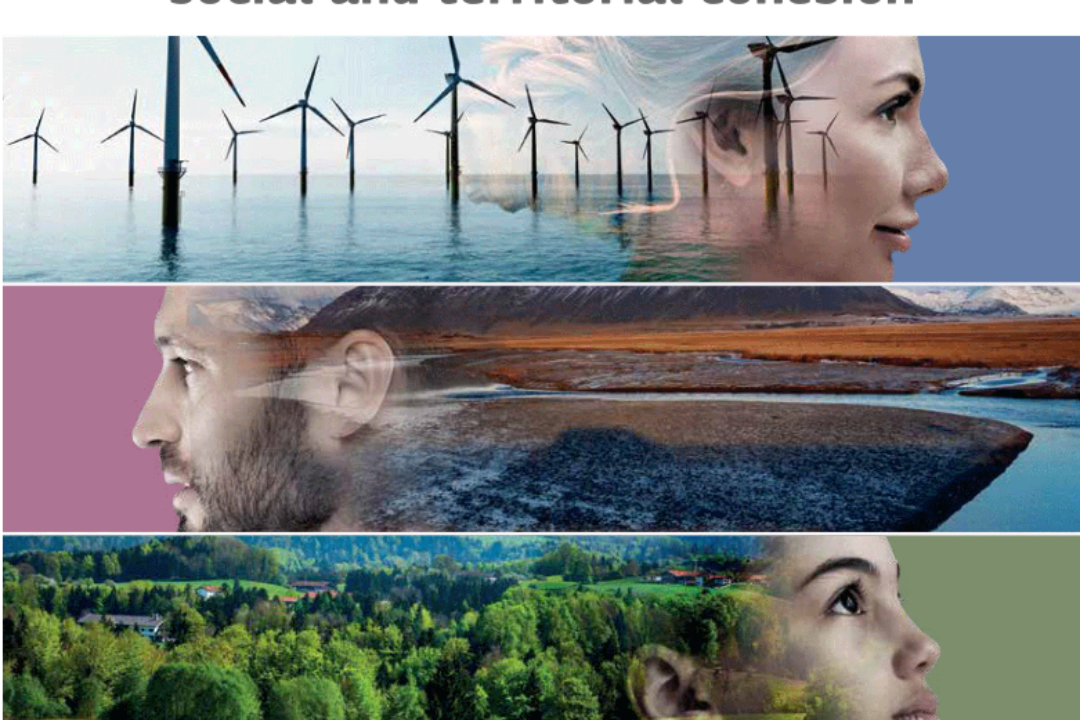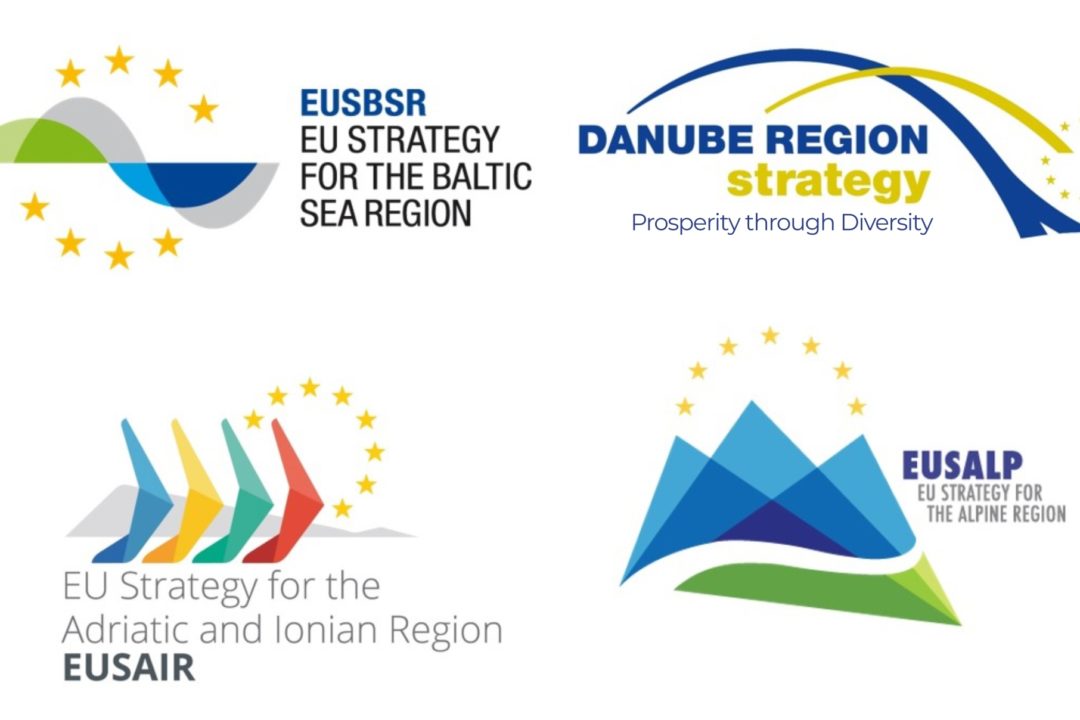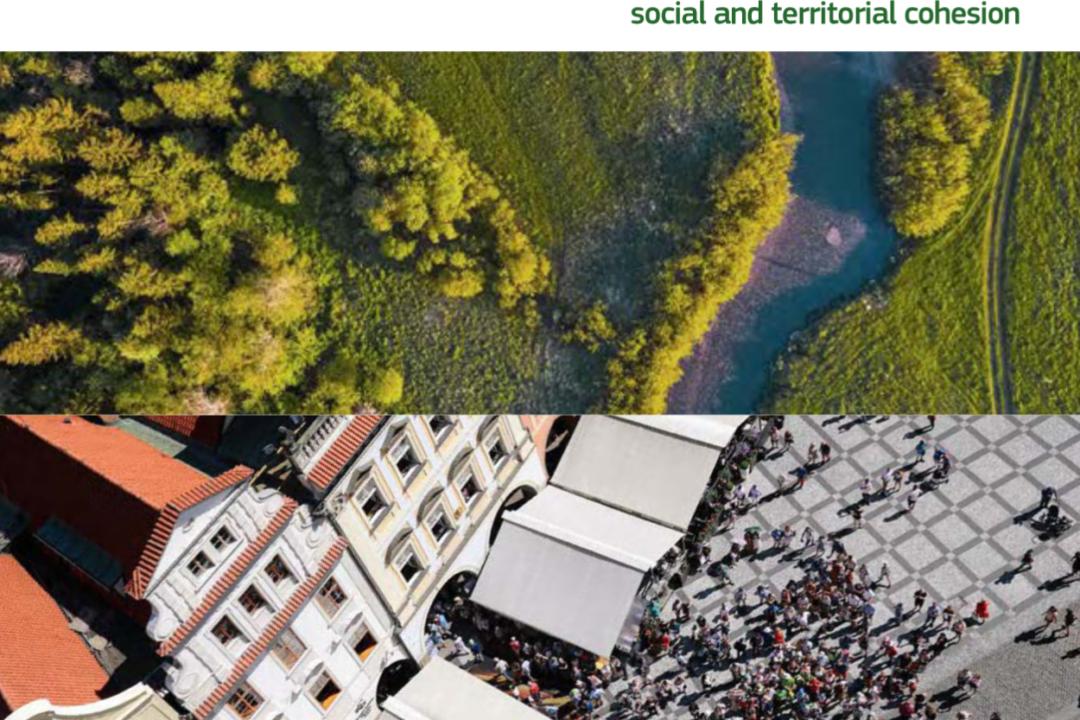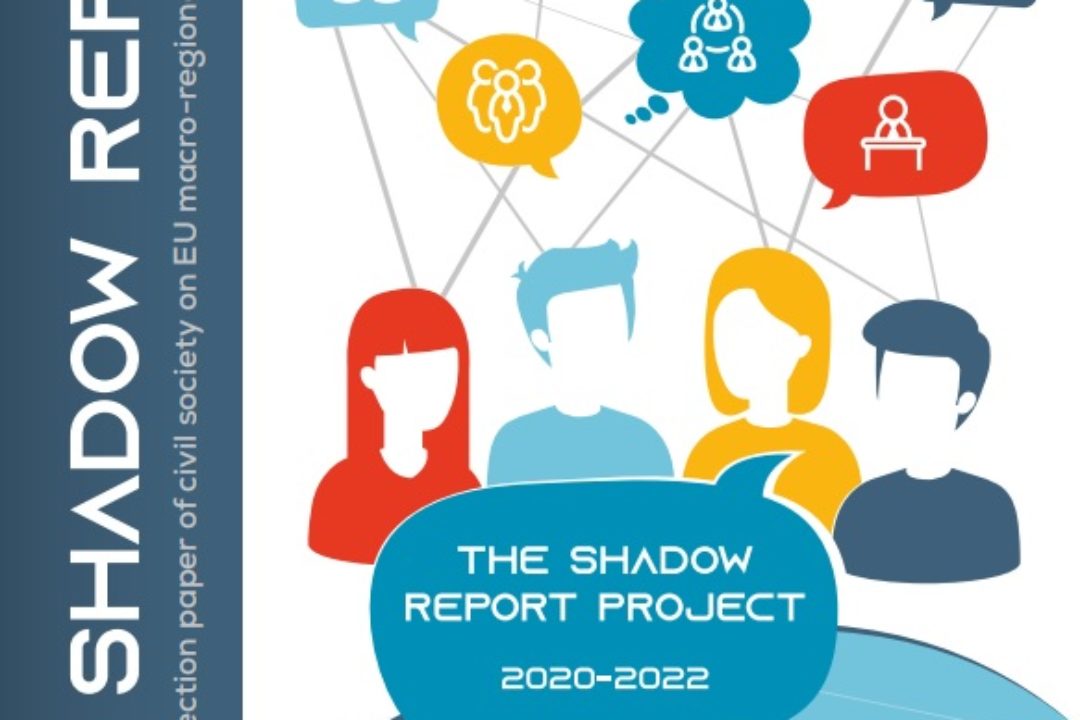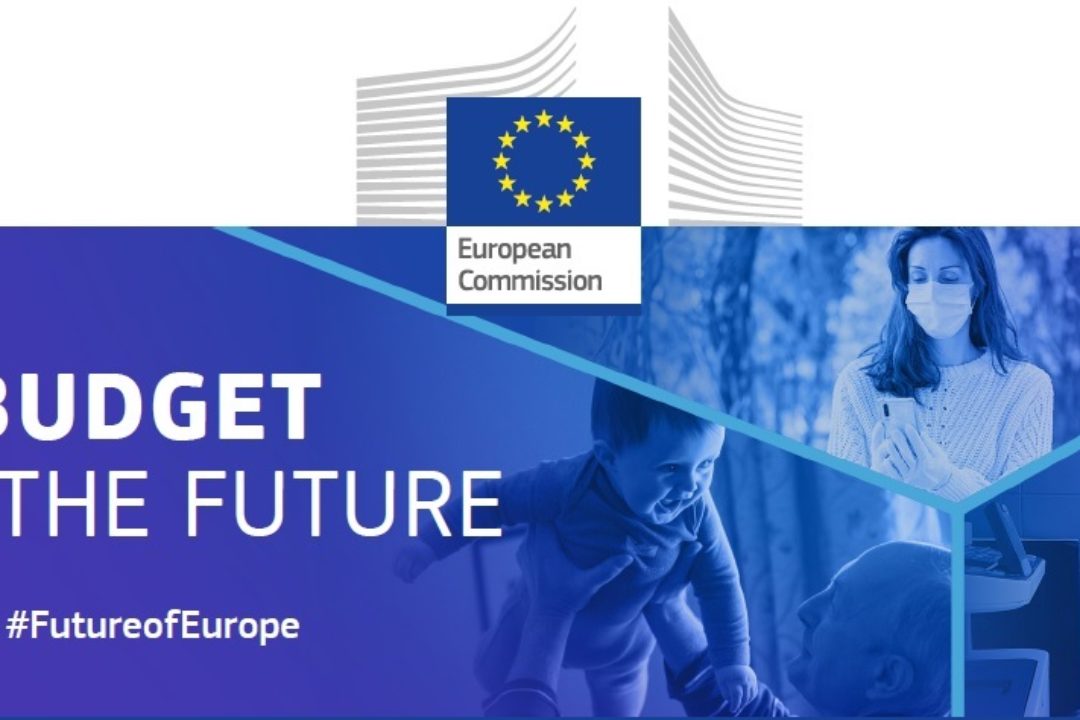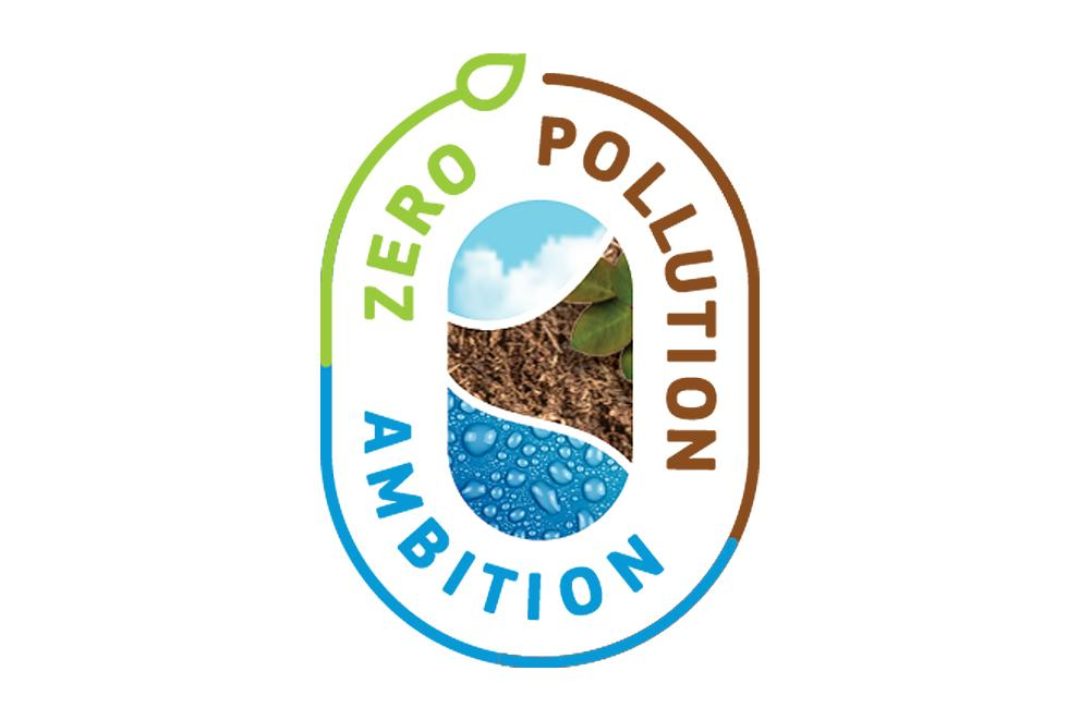The 9th Cohesion Report published by the European Commission on 27 March 2024 shows that the Cohesion Policy continues to narrow the gaps in EU regions and Member States. The
8th Report on Economic, Social and Territorial Cohesion (2022): Cohesion in Europe towards 2050
On 9 February 2022, the European Commission published the 8th Cohesion Report, presenting a first picture of the impact of the coronavirus pandemic at the regional level. It also shows
Youth Conferences and Youth.DanubeSalon coming up!
What concerns the young people from the 14 countries of the Danube Region? What does Europe mean to them today and in the future? How do the younger and older
PAN IPA SURVEY – Participate until July 16th!
DG REGIO has launched a study on the progress in regional policy of the candidate countries and potential candidates for the EU membership (IPA II beneficiaries Albania, Bosnia and Herzegovina,
EUSAIR facilitating the Enlargement Process of the Western Balkans
The report “EUSAIR facilitating the enlargement process of the Western Balkans”, written by OBC Transeuropa and CeSPI and published by the European Commission, examines the complementarities between the EU Strategy
Zero pollution action plan: Towards zero pollution for air, water and soil.
On 12 May 2021, the European Commission adopted the EU Action Plan: “Towards a Zero Pollution for Air, Water and Soil”(and annexes) – a key deliverable of the European Green Deal.

